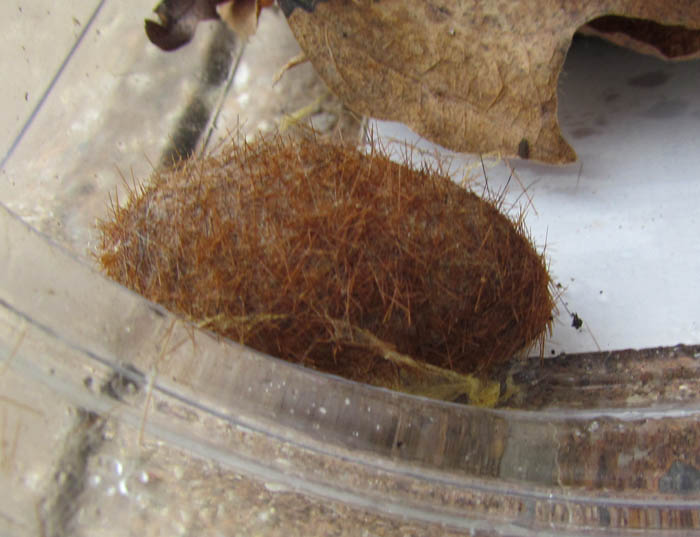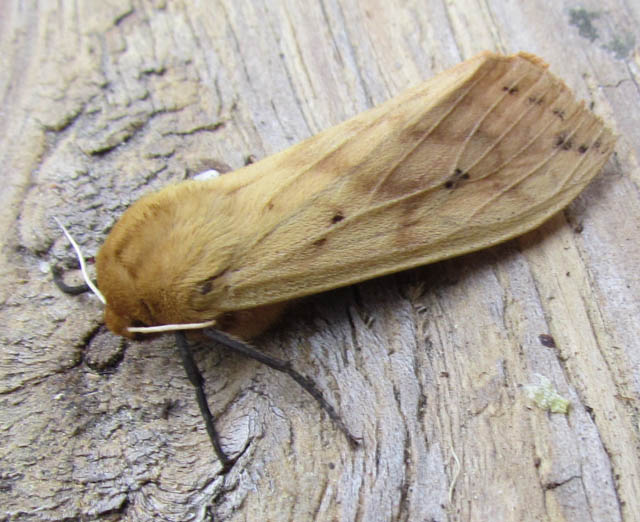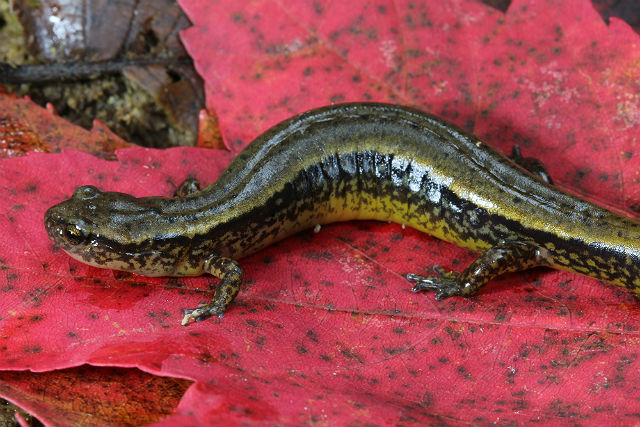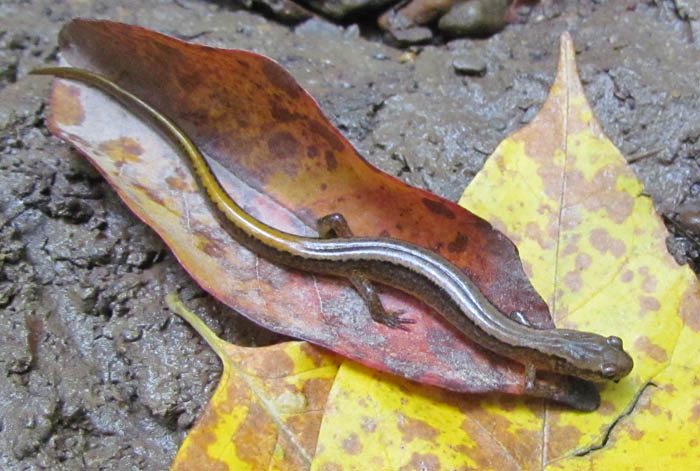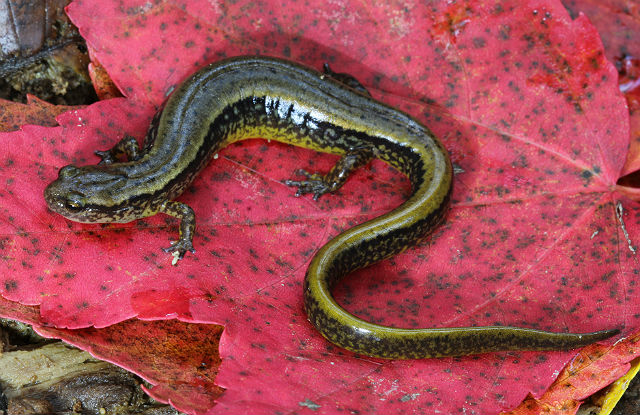I flipped over a log today and found this very sluggish American Oil Beetle underneath it. Oil beetles are flightless and lack significant wings; instead they have stubby, shortened wing-pads that do not cover much of their bloated abdomen.
They belong to a family known as “blister beetles.” Like other blister beetles, the American Oil Beetle possess a chemical called cantharidin, which exudes from their leg joints when the insect feels threatened. The poisonous chemical causes blistering of the skin and painful swelling. It really does look like the motor oil you’d put in your car.
Oil beetles have some of the most extraordinary life cycles of any insect. The larva develop in bees’ nests where they eat the bee larva and the stored food of the bees.
To access a nest, the female oil beetle lays her eggs near the base of a flower. When the eggs hatch, the newly born larvae climb up the stalks to the blooming flower. Then the young larvae will cluster together and form a shape that very much resembles a female bee. To make the ruse even more complete, they emit a scent that smells like a female bee.
Male bees are often fooled and come to “mate” with the cluster of larvae. The larvae become his stowaways and eventually are transported to the nest. Different species of beetles have different hosts, the Solitary Ground Bee plays host to the American Oil Beetle.

































